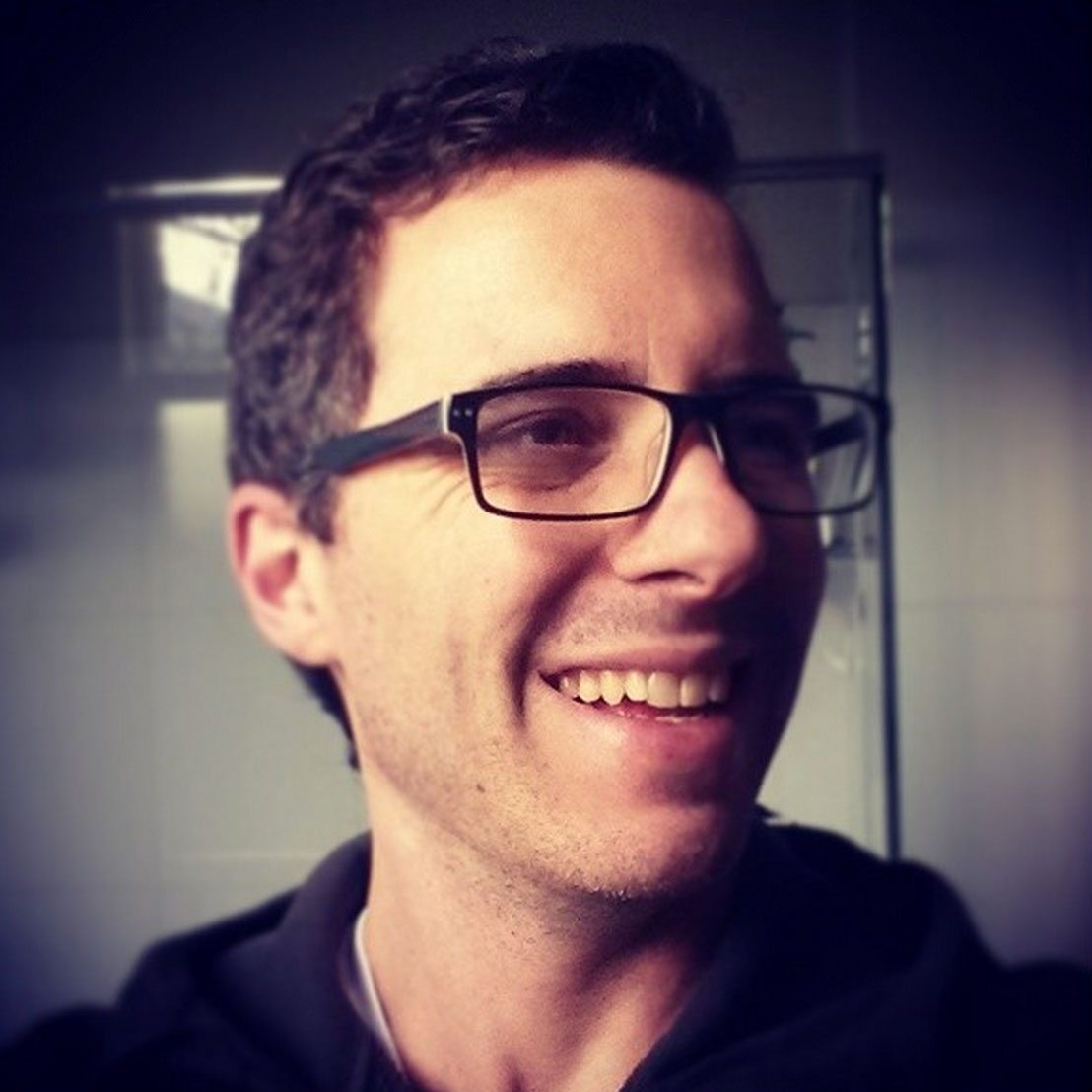Everyone knows that radiology is a discipline of images. Perfectly penetrated chest radiographs, speckled T2 hyperintensities in the liver parenchyma, subtle fat stranding around the appendix on a noncontrast CT... these images are the domain of the radiologist.
But there is another domain of radiology that doesn't always receive enough attention: the words of imaging. One could even think of the duties of the radiologist as threefold:
- to obtain a high quality image
- to medically interpret the image
- to express the image and interpretation in words
Each is important.
When I listed the imaging findings above, your mind probably pictured them immediately. The words were a mediator between your mind and the image. Although the language of radiology is highly mimetic (representational of an "objective" reality, rather than creative), it is inevitable that the way in which we structure a report will change the way our reader looks at an image. A report is not a shadow of an image (a shadow of a shadow), but a lens through which an image is read. The way a report is structured can either obscure an image or shed light on it.
Since this is the case, attention to the language of radiology is not optional. Words must be used carefully and deliberately in order to achieve the effect we want.
Active vs. passive voice
One effect that should be deliberately chosen is when to use the active voice and when to use the passive voice when writing a report.
The active voice is the more common way of constructing an English sentence:
- "I dictated the report" (subject - verb - object)
The passive voice often implies the subject:
- "The report was dictated" ("object" - verb)
This passive construction raises the question: "by whom"? The report was dictated... by whom?
The passive construction is endemic to much scientific writing and by extension, to radiology reports. Take these common radiology phrases as examples:
- ... was seen / can be seen (by whom?)
- ... is/was noted (by whom?)
- ... is shown (by whom?)
Passive constructions often contain a form of "to be": is, was, been, were, etc. But the way to determine if a sentence is passive is to see what part of the sentence is being acted upon. If the subject is acting ("I am reading a study"), then the sentence is active. If the object of the action is the important part of the sentence ("The study is being read by me"), then the sentence is passive. For example, a report I read today contained the sentence:
- "No discrete parenchymal mass delineated."
This is a passive construction (and an incomplete sentence).
So why do radiologists use passive forms so often?
It probably partly arises from good intentions. In medical writing, we try to remove the "I" as much as possible to achieve a (somewhat illusory) semblance of objectivity. There's probably some humility involved as well, not wishing to grandstand one's interpreting self to the reader again and again and again.
Probably the most important reason it's so pervasive is because it's unconscious. Most of us were trained that way. We absorb it by reading other reports. It's now a habit.
So why is there anything wrong with the passive voice?
The problem is that it gently tortures the English language. Sentences containing passive constructions are more grammatically complex and constant repetition of the passive tense becomes difficult for a reader to wade through.
The passive voice also connotes a lack of confidence and adds "hedginess" to a report by artificially disassociating oneself from it.
Furthermore, some may subconsciously use this awkward construction to promote an illusion of complexity and academic erudition.
Compare these two examples:
- "a 1.8 cm para-aortic lymph node is seen" (passive)
vs.
- "there is a 1.8 cm para-aortic lymph node"
- "in the ascending colon, a fat-containing submucosal lesion is noted" (passive)
vs.
- "there is a fat-containing submucosal lesion in the ascending colon"
The first construction (the passive construction) is unnecessarily complex. Seen by whom? Even though the sentences contain the same number of words, one has to read the first sentence more slowly... the grammar is implying something, leaving behind some faint residue of mystery. The second sentence (the more active existential "There is..." construction) is simple and declarative. One can read it at top speed. There is no grammatical mystery.
There is no situation in which a passive voice is more clear and concise than an active voice.
So, active voice vs. passive voice... why should you as radiologist care?
You should care because over the remainder of your career you will probably craft thousands (or tens of thousands) of these important little text objects we call radiology reports.
If you're going to spend a good part of your life putting these things together, it's important to be conscious in your choice of voice. The active voice is easier on the reader. The active voice is often shorter, saving you valuable time over thousands of reports. The passive voice may seem nobly objective, but it's a strain on grammar and it could be abused as a subtle (and eventually habitual) way to avoid committing to the second duty of the radiologist, to medically interpret the image.
Try experimenting with your reports by eliminating the passive voice (for instance, see the next blog post "Staying active: an exercise in reporting"). Your readers will thank you ("you will be thanked by your readers"?). You may even find that you prefer it, too.
-----
Thanks to Tim Luijkx and Eric A. Blair.













 Unable to process the form. Check for errors and try again.
Unable to process the form. Check for errors and try again.